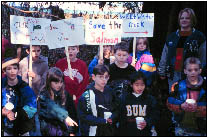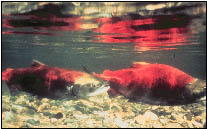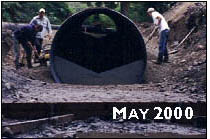 |
Our building blocks for success include...
K. Achieve cost-effective recovery and efficient use of government resources.
-
Number of state salmon recovery regions with a coordinated and science-based process for identifying and evaluating, and then setting priorities for salmon recovery projects within those regions.
- Percentage of salmon recovery funds spent on: restoration, preservation, assessments, separate monitoring and evaluation, separate planning, and administration.
- Percentage of grant applicants who strongly agree that the funding process is helpful, fair, simple, effective, and informative.
L. Use the best available science and integrate monitoring and research with planning and implementation.
-
Percentage of projects funded that are identified in science-based assessments meeting baseline criteria.
- Number of key guidelines for projects and activities affecting habitat submitted to NMFS/USFWS; number approved by NMFS/USFWS.
- Number of ESUs with recovery goals established.
- Number of WRIAs with baseline assessments completed.
- Number of peer-reviewed applied research and monitoring efforts addressing critical salmon recovery issues.
M. Citizens, salmon recovery partners, and state employees have timely access to the information, technical assistance, and funding they need to be successful.
-
Percentage of data systems and data sets supporting salmon recovery that meet requirements for integration, accessibility, usability, importance, degree of analysis/technical ability required for use, geographic coverage, and geographic data accuracy.
- Percentage of priority projects where authorized federal funding subject to ESA consultation is spent in a timely manner.
- Number of key protocols developed and communicated for collection, assessment, and evaluation; number approved by NMFS/USFWS.
- Amount of funding and technical assistance provided to salmon recovery partners.
- Percentage of salmon recovery partners that are highly satisfied with coordination, cooperation, and services provided by state agencies.
|
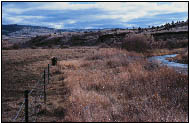
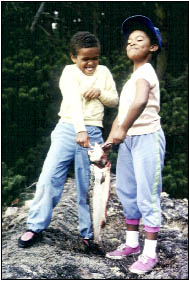
![]() S t a t e o f W a s h i n g t o n
S t a t e o f W a s h i n g t o n 